Detroit embodies resilience through reinvention—a city reclaiming its narrative through grassroots creativity and entrepreneurial spirit rather than corporate-driven redevelopment alone. The Motor City’s renaissance emerges most authentically in repurposed industrial spaces, community art projects, and innovative businesses that honor manufacturing heritage while forging new creative identities.
Behind revitalized facades lies the real story: Detroiters who remained committed to their city through challenging decades, building cultural movements that now attract visitors seeking authentic urban experiences. Detroit offers numerous ways to witness its creative transformation firsthand, especially beyond downtown’s more publicized development.
Here is a list of 15 experiences that showcase Detroit’s grassroots renaissance through its most innovative spaces and communities.
Eastern Market
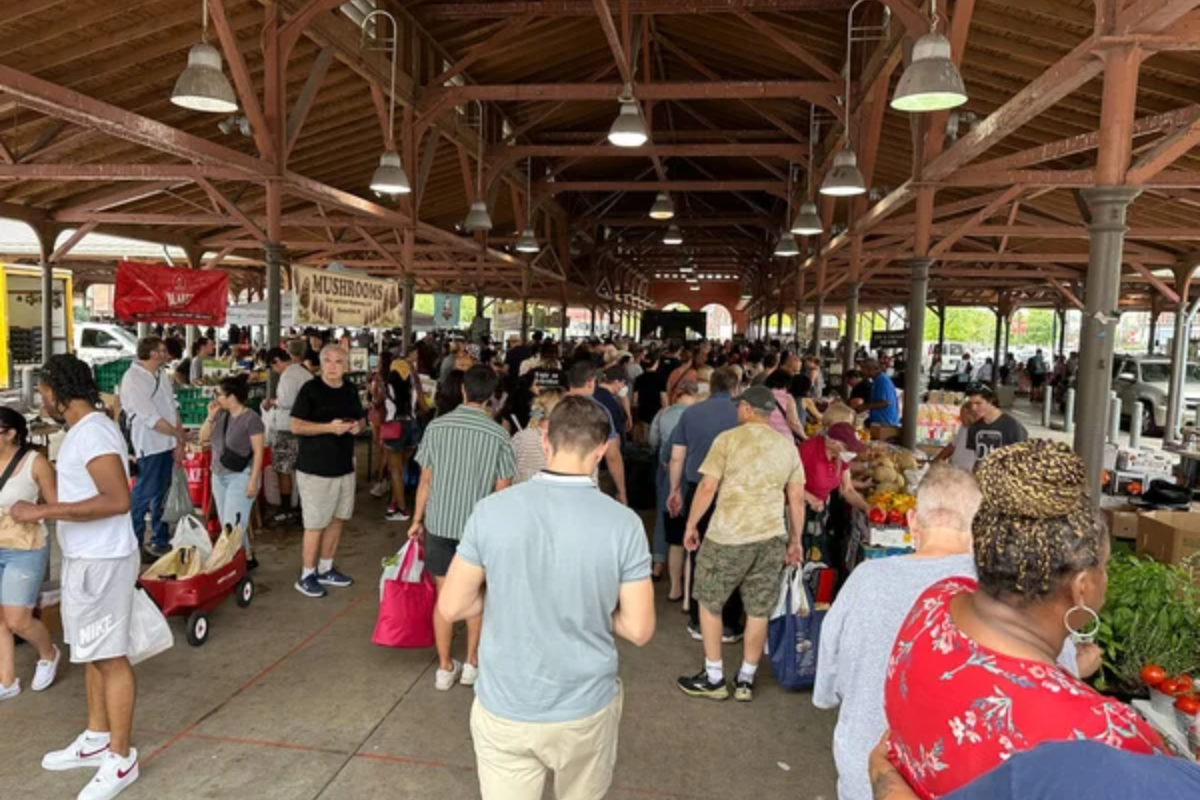
This historic commercial district centers around America’s largest continuously operating public market, dating to 1891 yet constantly evolving. Over 150 vendors transform sheds into vibrant marketplaces each Saturday, showcasing regional agriculture alongside artisanal food producers.
The surrounding neighborhood has developed into Detroit’s densest concentration of public murals, with over 100 large-scale works transforming industrial buildings into open-air galleries. Weekday visits reveal food production facilities, studios, and specialty shops operating from adapted warehouses that maintain their industrial character.
The Belt

This activated alley transformed from a neglected service corridor into a cultural thoroughfare through strategic artistic intervention. Named for its location in the former garment district, the pedestrian passage features rotating public art installations, including works by internationally recognized artists alongside Detroit creators.
Restaurants and galleries with entrances along the pathway create continuous activity from lunch through late evening. The adjacent Z Lot parking structure similarly elevates utilitarian space through curated murals on each level, turning even parking into an art experience.
Like Travel Pug’s content? Follow us on MSN.
Heidelberg Project
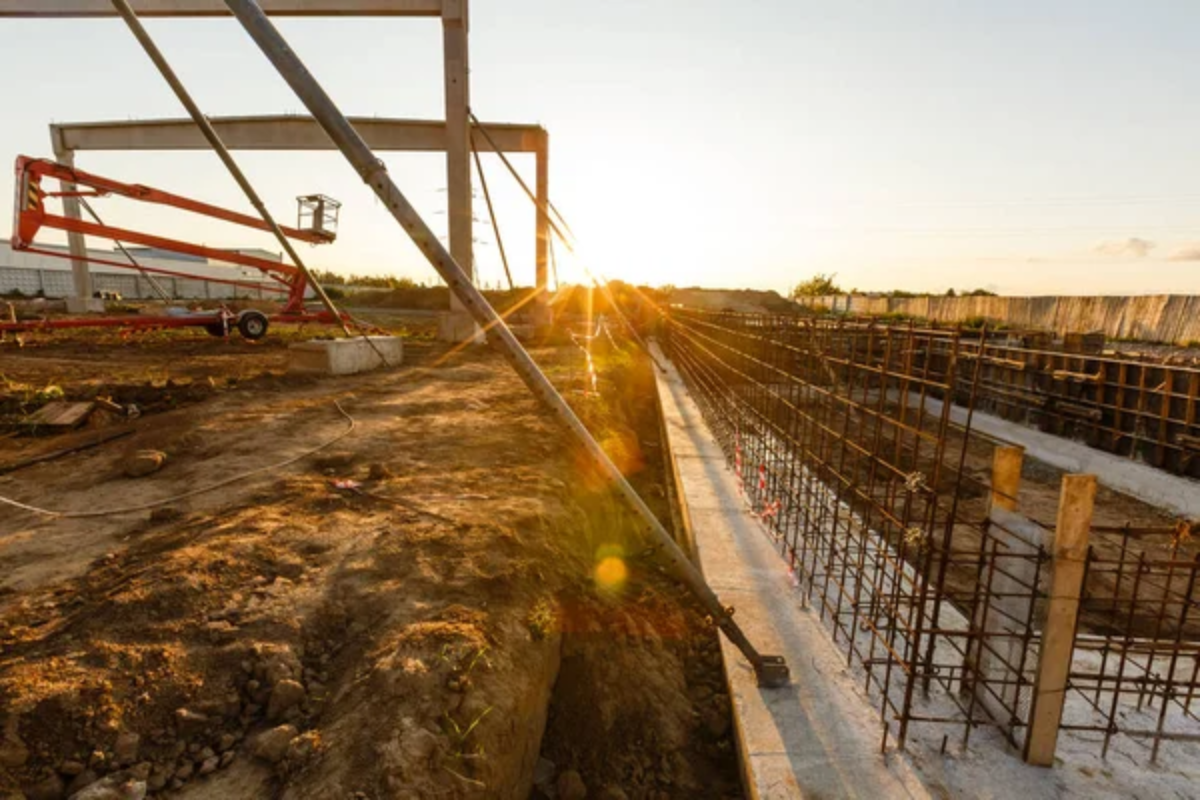
This internationally recognized art environment began in 1986 when artist Tyree Guyton returned to his childhood neighborhood and began transforming abandoned houses into massive art installations using found objects. The project now spans multiple blocks where painted polka dots, repurposed consumer goods, and symbolic assemblages create an immersive commentary on urban decline and resilience.
Though deliberate fires destroyed several houses over the years, the project continues evolving toward its vision of transforming blight into beauty through creative material reuse.
Michigan Central Station
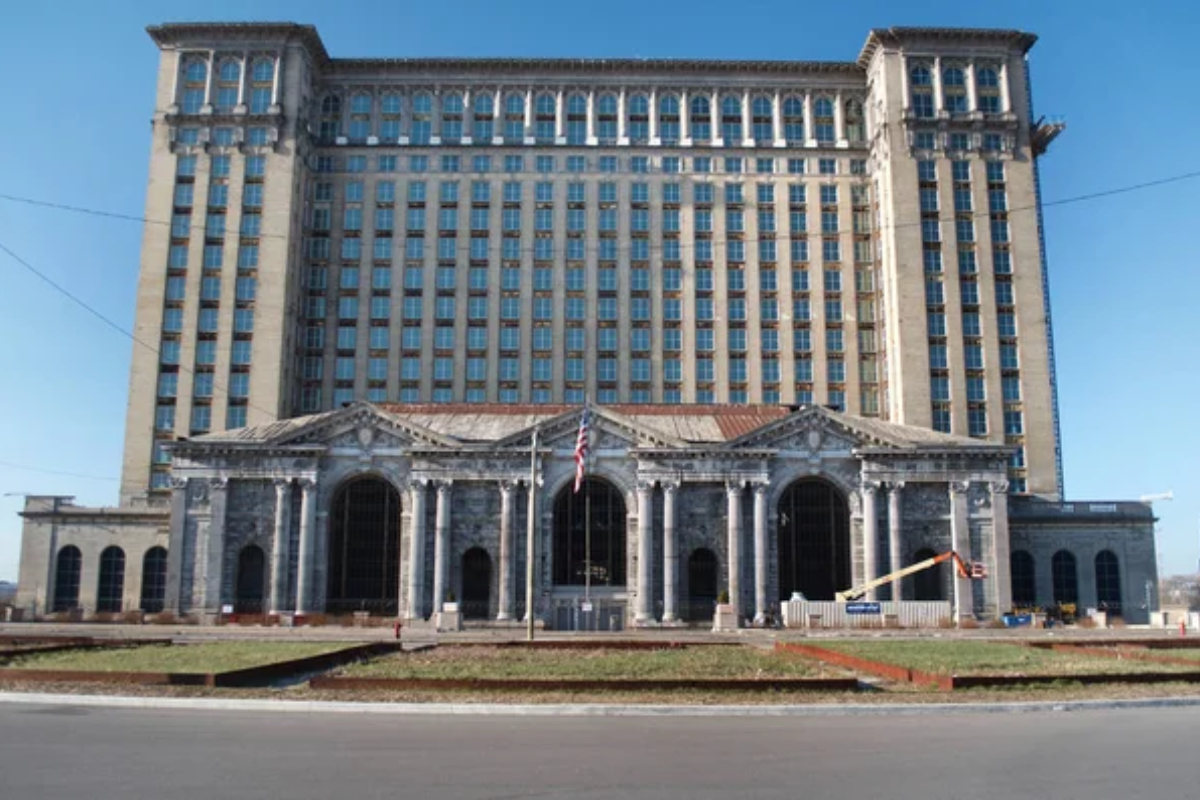
This monumental Beaux-Arts train station, abandoned in 1988, stood as Detroit’s most recognizable ruin before its ongoing transformation into an innovation campus. While full completion remains years away, visitors can witness restoration in progress through guided tours showcasing both architectural grandeur and adaptation for modern use.
The surrounding Corktown neighborhood demonstrates how anticipation drives organic revitalization through independent restaurants, breweries, and boutiques occupying formerly vacant storefronts along Michigan Avenue. The station’s massive scale—18 stories towering over low-rise surroundings—makes it visible throughout western Detroit.
The Dequindre Cut

This below-grade former railway corridor has transformed into a two-mile urban recreational greenway connecting Eastern Market to the Detroit Riverfront. Before official conversion, the abandoned railway served as a canvas for street artists whose work remains partially preserved alongside commissioned murals.
The pathway’s below-street-level position creates unique urban perspectives while providing safe, non-motorized transportation through neighborhoods with complex connectivity histories. Access points along the route integrate the pathway with adjacent communities while small gathering spaces accommodate performances and community events.
Like Travel Pug’s content? Follow us on MSN.
Lincoln Street Art Park

This community-managed sculpture park arose organically on vacant land adjacent to a recycling center, transforming industrial detritus into creative public space. Artists continuously modify the landscape using reclaimed materials ranging from automotive parts to architectural fragments.
The park operates through collective stewardship rather than institutional management, hosting impromptu gatherings alongside organized events that embody Detroit’s grassroots creative spirit. Adjacent to the Fisher Freeway but sheltered by mature vegetation, the park demonstrates creative land reuse in transitional zones traditionally considered unsuitable for public gatherings.
Dabls Mbad African Bead Museum
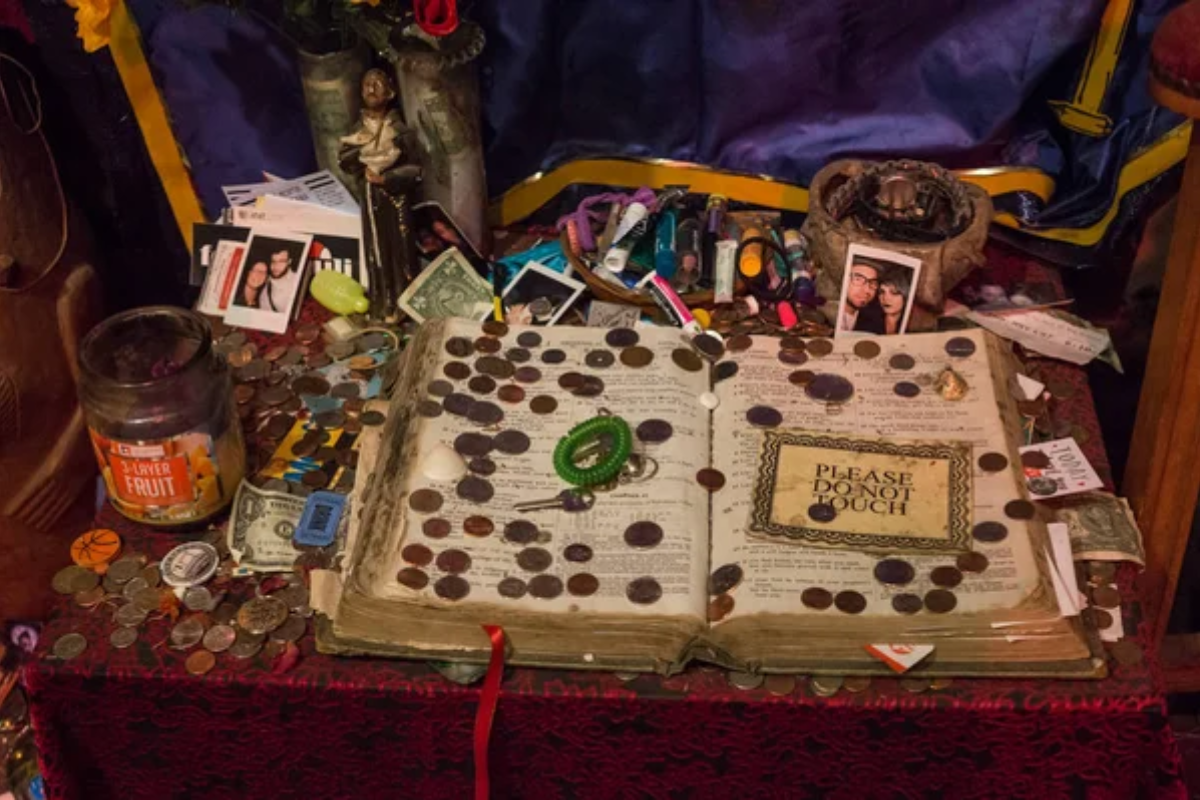
This immersive art environment spans nearly an entire city block, transforming vacant buildings and lots into narrative installations examining relationships between Africa and America. Artist Olayami Dabls uses beads, mirrors, iron, rock, and wood—materials with specific symbolic meanings in African cultures—to create large-scale outdoor installations alongside an extensive bead gallery.
The environmental sculptures incorporate found materials from demolished Detroit structures, physically connecting African diasporic traditions with local history. The museum operates independently from conventional art institutions, maintaining autonomy that preserves its distinctive vision.
Batch Brewing Company
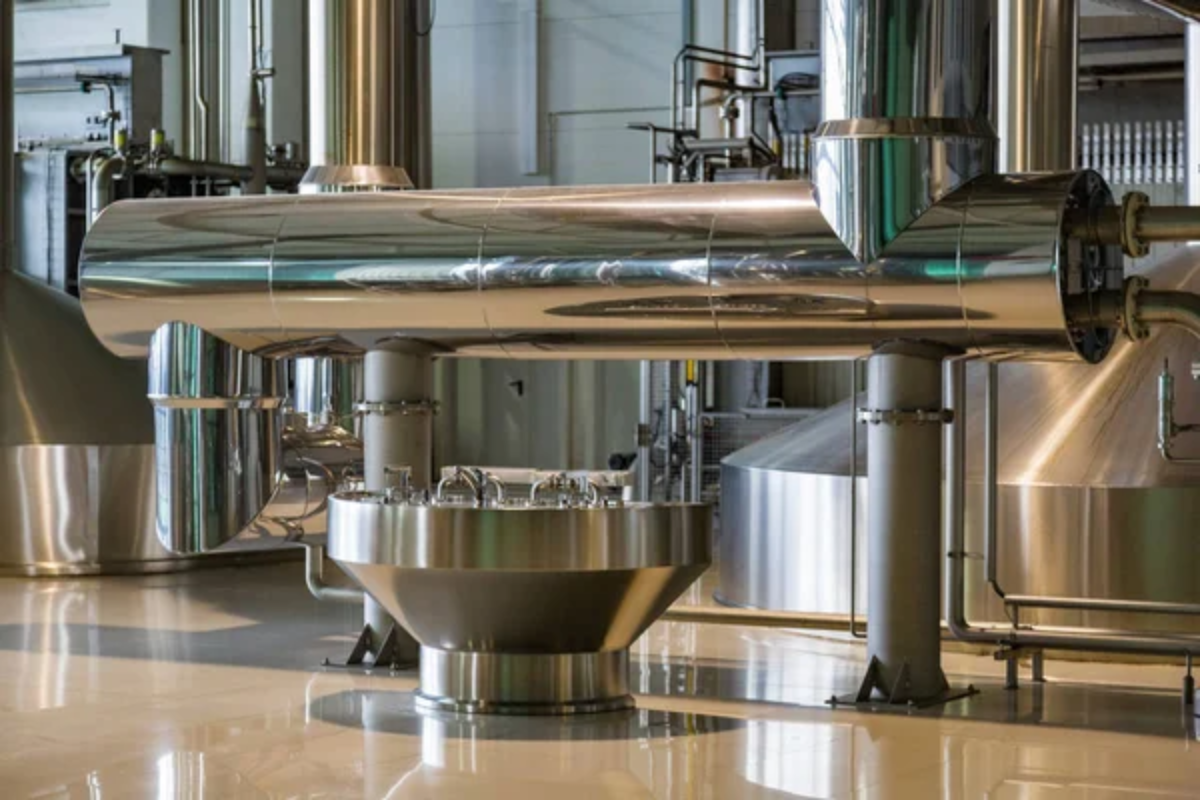
This brewery exemplifies Detroit’s maker culture through community-centered production in repurposed industrial space. Founded via crowdfunding, the business demonstrates Detroit entrepreneurship that prioritizes neighborhood integration alongside quality craft production.
Their “Feelgood Tap” program directs portions of specific beer sales to rotating community nonprofits each month, creating sustainable philanthropic connections. The brewery preserves industrial character through exposed structural elements while creating a welcoming gathering space that attracts a diverse clientele. Their production processes remain visible to visitors, continuing Detroit’s tradition of transparent manufacturing processes.
Like Travel Pug’s content? Follow us on MSN.
Outdoor Adventure Center

This adaptive reuse project transformed the historic Globe Trading Company building—where Henry Ford once worked—into an interactive recreational facility showcasing Michigan’s outdoor activities. The riverfront structure maintains an industrial character while housing simulated outdoor experiences, from climbing trees to snowshoeing.
Massive original timber columns support new insertions that respect the building’s manufacturing legacy while serving contemporary educational purposes. The facility connects Detroit children with natural experiences that might otherwise remain inaccessible, extending the state’s outdoor heritage into urban contexts.
The Detroit Riverfront
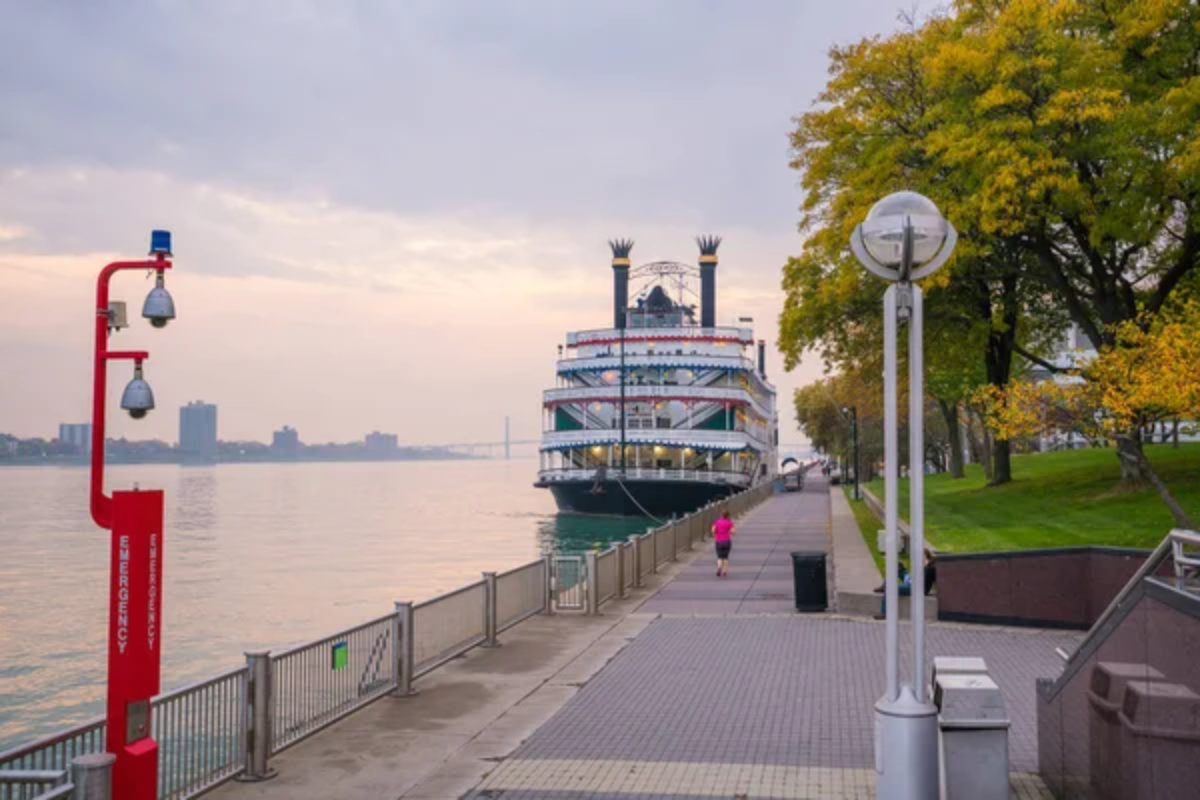
This transformed waterfront has evolved from an industrial shipping zone to an accessible public space through phased development spanning several decades. The riverwalk now extends five miles, connecting distinct neighborhoods through continuous non-motorized pathways alongside adaptive reuse projects of various scales.
Former cement silos became climbing facilities, warehouses transformed into event venues, and industrial parcels emerged as parks with distinct characters reflecting adjacent communities. Programming from morning yoga to evening concerts activates spaces throughout the year with minimal commercialization compared to similar waterfront developments nationally.
Motown Museum
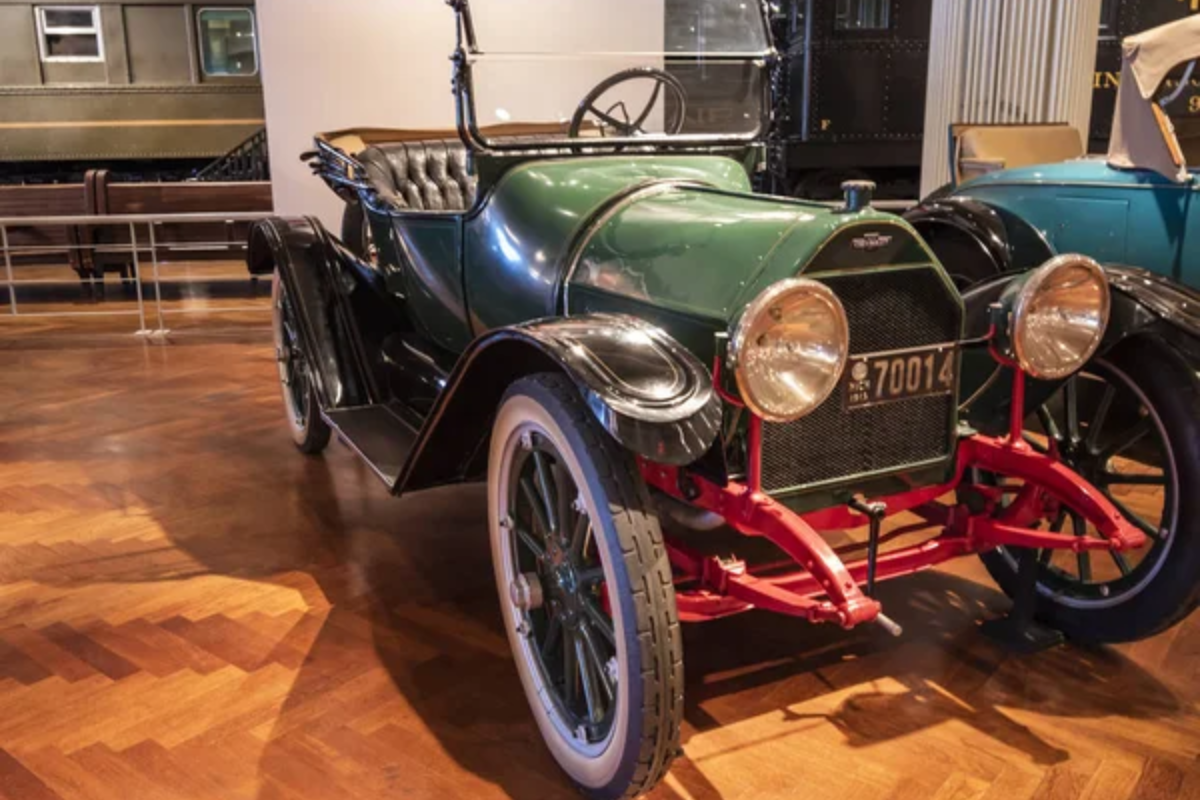
This modest house-turned-studio where Berry Gordy built a musical empire demonstrates how creativity transcends physical constraints. Currently undergoing a major expansion, the museum preserves the original Studio A exactly as it operated during Motown’s heyday—including acoustic features created through household materials and spatial adaptations.
Tours emphasize the ingenuity that produced world-changing music despite limited resources, connecting directly to Detroit’s broader narrative of creative maximization. The museum’s programming extends beyond nostalgia through educational initiatives, developing next-generation musical talent.
Like Travel Pug’s content? Follow us on MSN.
Pewabic Pottery
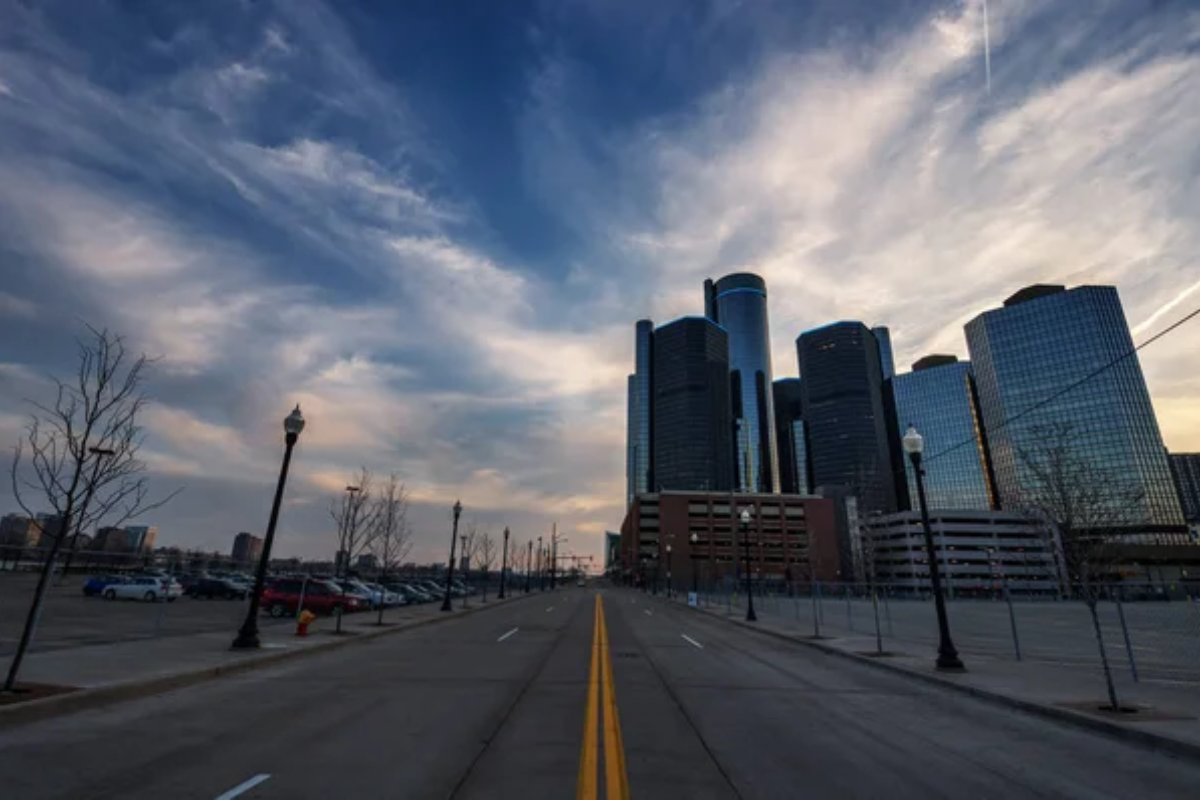
This historic ceramic studio, founded in 1903, continues the production of nationally recognized architectural tiles and vessels while training new generations in traditional techniques. The Tudor Revival building houses both production facilities and galleries showcasing contemporary ceramic arts alongside historical collections.
Studio spaces remain accessible to visitors, creating transparency around processes that connect modern production to century-old traditions. The organization balances the preservation of distinctive aesthetic heritage with community education programs serving diverse populations, embodying institutional resilience through adaptive programming while maintaining craft excellence.
Saffron De Twah
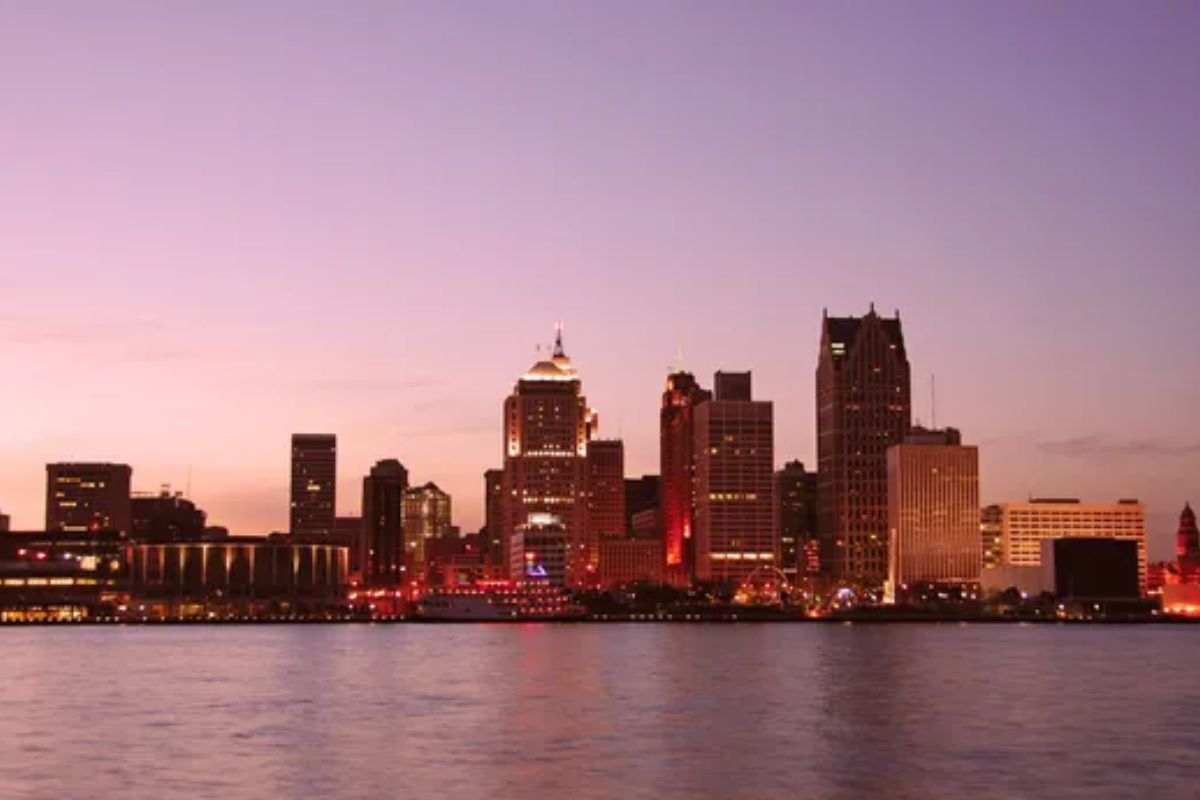
This Moroccan-inspired restaurant operates from a transformed former gas station on Detroit’s east side, exemplifying creative adaptations of automobile-era infrastructure. The intimate space merges North African design elements with preserved architectural features from the building’s utilitarian past.
During pandemic restrictions, the business pivoted to meal relief for community members, serving over 25,000 free meals while maintaining commercial operations. This dual approach to business—combining profitability with community service—represents Detroit entrepreneurship that measures success beyond conventional metrics.
Fisher Building
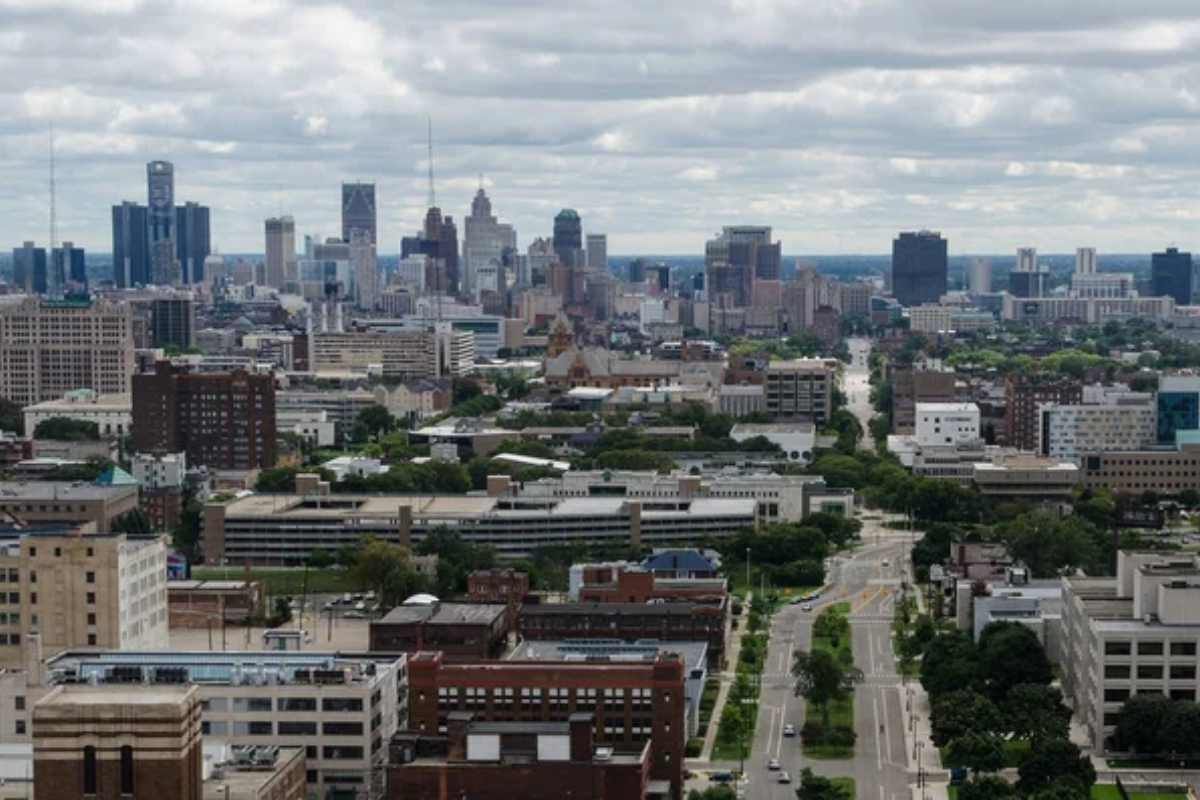
This Art Deco masterpiece demonstrates Detroit’s capacity for architectural grandeur while providing accessible public interaction with exceptional design. The “golden tower” houses offices alongside retail spaces in an atmosphere that combines cultural significance with everyday functionality.
The restored arcade features marble from around the world, intricate ceilings, and brass details that showcase craftsmanship largely unavailable in contemporary construction. While downtown buildings receive greater attention from visitors, this New Center landmark represents Detroit’s distributed development history with an equally impressive architectural pedigree.
Like Travel Pug’s content? Follow us on MSN.
Detroit Institute of Arts
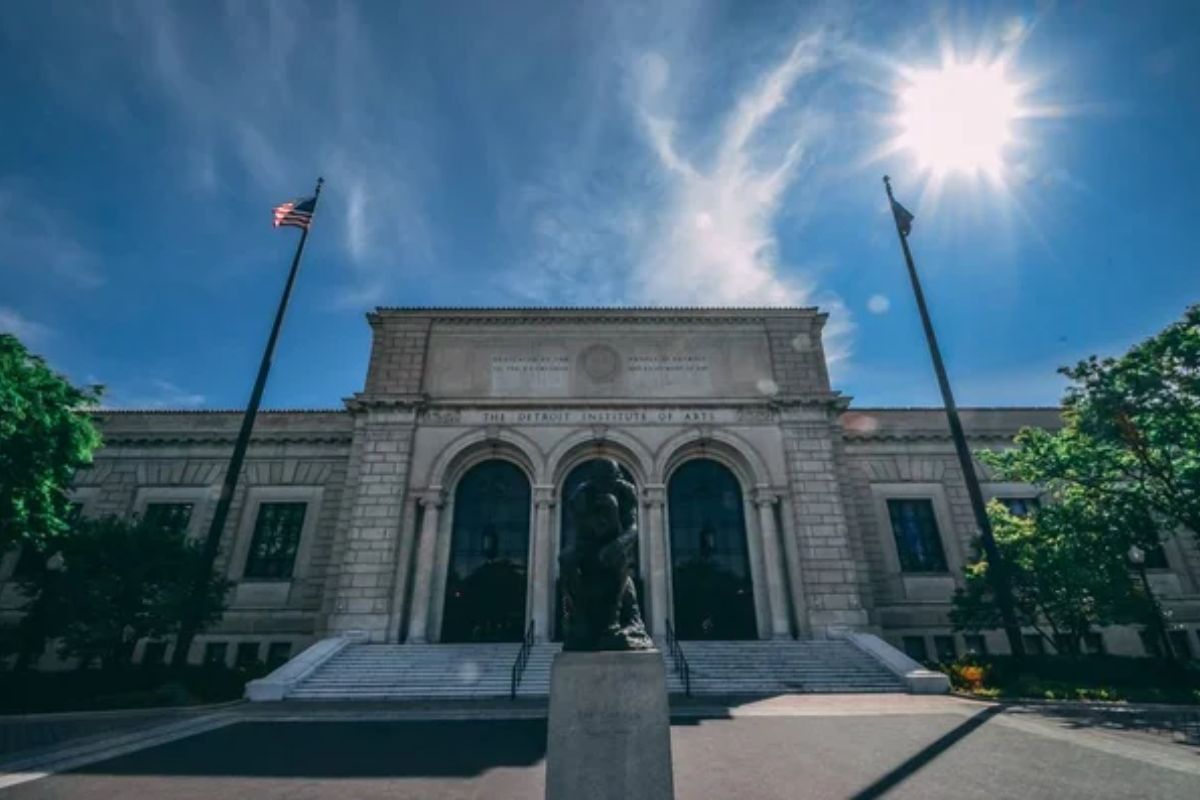
This world-class museum represents both Detroit’s cultural resilience and community priorities through its preservation during municipal bankruptcy. The museum’s Diego Rivera Detroit Industry murals—created in 1932-33—remain particularly relevant to creative comeback narratives by celebrating manufacturing processes while questioning industrial capitalism’s human impacts.
The museum’s programming deliberately balances international significance with community relevance, particularly through the Diego Rivera mural court that simultaneously attracts global visitors while remaining deeply meaningful to residents connecting with their industrial heritage.
Detroit’s Creative Evolution
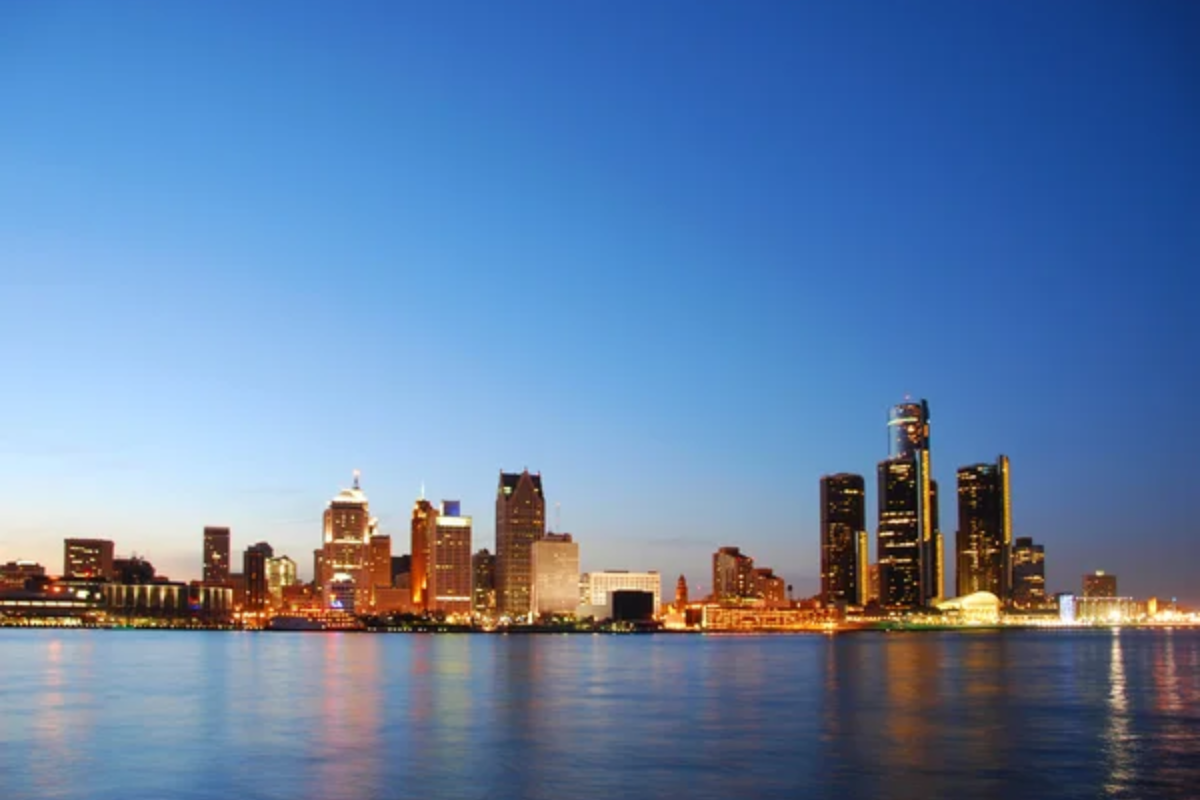
These fifteen experiences merely introduce Detroit’s multifaceted creative renaissance—a movement characterized by respect for authentic urban character rather than the imposition of imported development formulas. The city’s most successful revitalization efforts grow from Detroit’s specific circumstances and challenges, creating outcomes impossible elsewhere precisely because they respond to distinctive local conditions.
Visitors seeking authentic connection with Detroit’s story benefit from approaching with openness to experiences beyond conventional attractions, engaging with transformation still actively unfolding across neighborhoods where creativity transforms necessity into innovation.
More from Travel Pug

- Cities Growing so Fast You Won’t Recognize Them in 10 Years
- 13 Destinations Where Tourists Regularly Regret Their Trip
- 20 Obscure WWII Sites Even History Buffs Don’t Know About
- 10 Under-the-Radar Mountain Towns That Are Both Affordable and Beautiful
- Remote Villages in Europe Where You Can Live for Free in Exchange for Work
Like Travel Pug’s content? Follow us on MSN.
